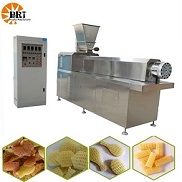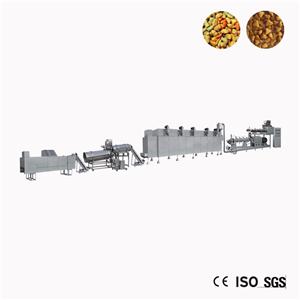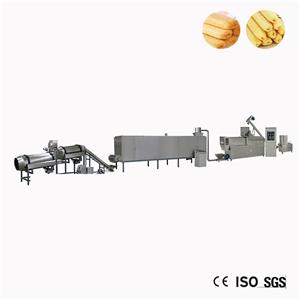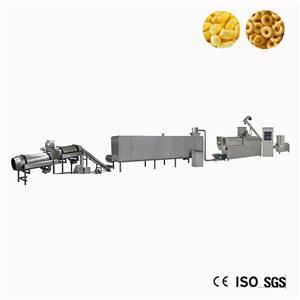The Composition and Production of Fish Feeds
Small Floating Fish Feed Pellet Processing Machine
The Composition and Production of Fish Feeds
Composition of fish feeds: Fish feeds like other animal feeds can be partitioned into six major compounds, (1) moisture, (2) protein, (3) fat, (4) ash, (5) crude fibre and the (6) nitrogen free extract (NFE), the so called Weende analysis. Fish feeds are mostly characterized by their protein and fat levels. The protein in the feed is primarily needed for the build-up of (muscle) tissues and the fat is a major source of energy and for accretion of fat tissue. The amount of carbohydrates in fish feeds are usually low, since fish and particularly carnivorous fish, have a low capacity to digest carbohydrates. As a consequence, the energy in the diet has to be derived from fat and fat has a higher energy density than carbohydrates. For that reason, fish feeds are more concentrated and have thus also a higher protein level (up to about 40 – 45%) and energy density than feeds for terrestrial farm animals. The digestible protein / digestible energy ratio is an important characteristic of a fish feed, and as a rule of thumb, this ratio in the fish feed should be more or less similar to the ratio of protein / energy of the growing fish itself. This way, a maximal retention of dietary protein, an expensive ingredient of (fish) feed, is achieved.
Ingredients of fish feeds: Fish feed are composed of various ingredients. Fish meal and fish oil are traditionally the major ingredients of fish feeds, particularly fish feeds for carnivorous fish, but nowadays, also other ingredients are used from both plant and (terrestrial) animal sources. Various by-products of e.g. the food industry can be used as ingredients such as soy, pea, and rapeseed proteins, and animal proteins and fats. These ingredients can serve as a source of protein or fat. About 50% of the protein in fish feeds can be derived from protein sources other than fish meal without compromising the growth performance.
Production of fish feeds: Fish feeds are produced by means of extrusion. The extrusion process involves high temperatures and pressures and the starch in the feed is gelatinized. This gelatinization or pressure cooking process of the starch results in a pellet with a firm structure. The extrusion technique allows the production of pellets of various sizes and shapes that are water stable and free of dust. Further, it is possible to manipulate the physical properties of the pellets and floating and sinking pellets can be manufactured. Finally, the extrusion process makes it possible to vacuum coat the pellets with large amounts of fat and feeds with a high fat content can be produced.

companie :
adresă :
Telefon :
E-mail :
Skype :
Whatapp/Wechat:





